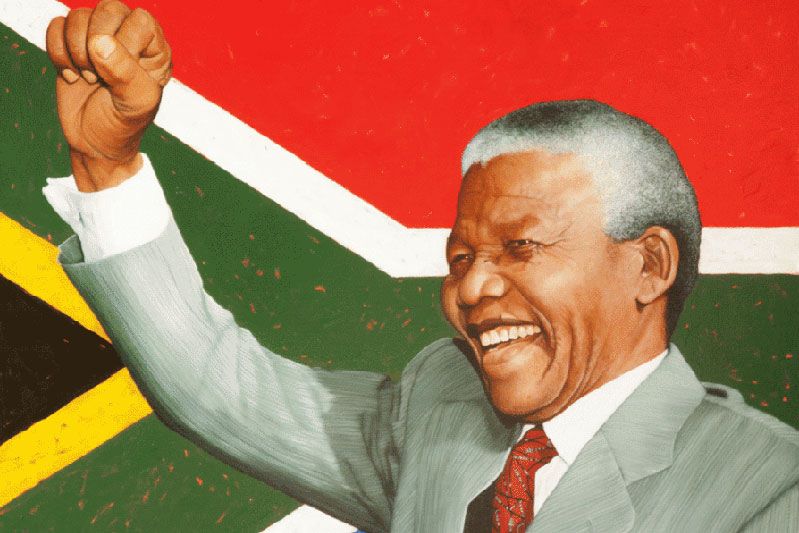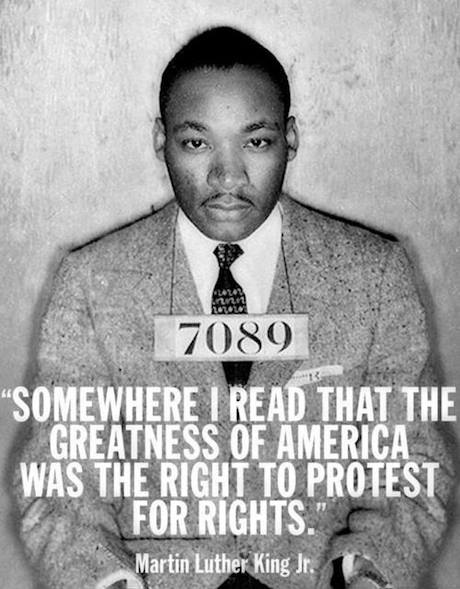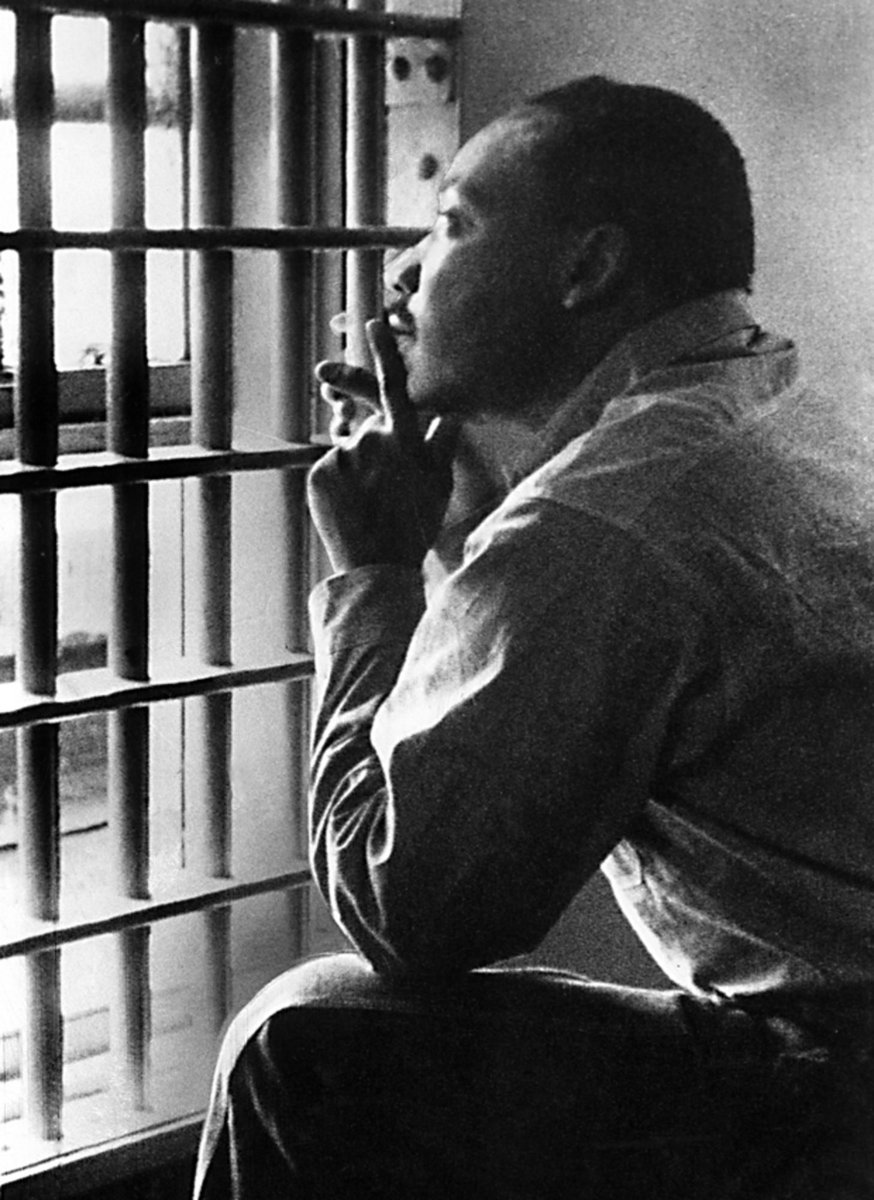Blog



Today’s NASA/ESA Hubble Space Telescope Picture of the Week features a dusty yet sparkling scene from one of the Milky Way’s satellite galaxies, the Large Magellanic Cloud. The Large Magellanic Cloud is a dwarf galaxy situated about 160 000 light-years away in the constellations Dorado and Mensa. Despite being only 10–20% as massive as the Milky Way galaxy, the Large Magellanic Cloud contains some of the most impressive star-forming regions in the nearby Universe. The scene pictured here is on the outskirts of the Tarantula Nebula, the largest and most productive star-forming region in the local Universe. At its center, the Tarantula Nebula hosts the most massive stars known, which weigh in at roughly 200 times the mass of the Sun. The section of the nebula shown here features serene blue gas, brownish-orange dust patches and a sprinkling of multicoloured stars. The stars within and behind the dust clouds appear redder than those that are not obscured by dust. Dust absorbs and scatters blue light more than red light, allowing more of the red light to reach our telescopes and making the stars appear redder than they are. This image incorporates ultraviolet and infrared light as well as visible light. Using Hubble observations of dusty nebulae in the Large Magellanic Cloud and other galaxies, researchers will study these distant dust grains, helping to understand the role that cosmic dust plays in the formation of new stars and planets. [Image Description: A section of a nebula, made up of layers of coloured clouds of gas, of varying thickness. In the background are bluish, translucent and wispy clouds; on top of these are stretches of redder and darker, clumpy dust, mostly along the bottom and right. In the bottom left corner are some dense bars of dust that block light and appear black. Small stars are scattered across the nebula.]

Earl Grant (January 20, 1931 – June 10, 1970) was an American pianist, organist, and vocalist popular in the 1950s and 1960s. Grant signed with Decca Records in 1957 and his first single “The End” reached number 7 on the Billboard Hot 100 charts on October 13, 1958. The album Ebb Tide (And Other Instrumental Favorites) sold over one million copies, gaining gold disc status. He recorded six more singles that made the charts, including “Swingin’ Gently” (from Beyond the Reef), and six additional albums (on the Decca label) through 1968. He also recorded the album Yes Sirree! and the instrumental album Trade Winds, single-tracked on the Hammond organ and piano, featuring the love theme from the film El Cid and Chaplin‘s “Eternally“. This album featured some realistic-sounding “tropical bird calls” produced by his electric organ. “House of Bamboo” was another big-selling single. Grant recorded 30 albums for Decca, mostly on the Brunswick label, a subsidiary of Decca. He died instantly in a car accident in Lordsburg, New Mexico, at the age of 39 when the car he was driving ran off Interstate 10.He was driving from Los Angeles to an intended destination in Ciudad Juárez, Mexico, for an appearance at the La Fiesta nightclub. His 17-year-old cousin, Roosevelt Woods III, was also killed in the accident.
more...Walter Hamor Piston, Jr. (January 20, 1894 – November 12, 1976), was an American composerof classical music, music theorist, and professor of music at Harvard University.
He taught at Harvard from 1926 until his retirement in 1960. His students include Samuel Adler, Leroy Anderson, Arthur Berger, Leonard Bernstein, Gordon Binkerd, Elliott Carter, John Davison, Irving Fine, John Harbison, Karl Kohn, Ellis B. Kohs, Gail Kubik, Billy Jim Layton, Noël Lee, Robert Middleton, Robert Moevs, Daniel Pinkham, Mildred Barnes Royse, Frederic Rzewski, Allen Sapp, Harold Shapero, and Claudio Spies, as well as Frank D’Accone, Ann Ronell, Robert Strassburg, Yehudi Wyner, and William P. Perry. See: List of music students by teacher: N to Q#Walter Piston.
In 1936, the Columbia Broadcasting System commissioned six American composers (Aaron Copland, Louis Gruenberg, Howard Hanson, Roy Harris, William Grant Still and Piston) to write works for broadcast on CBS radio. Piston wrote his Symphony No. 1and conducted its premiere with the Boston Symphony Orchestra on April 8, 1938.
Piston’s only dance work, The Incredible Flutist, was written for the Boston Pops Orchestra, which premiered it with Arthur Fiedlerconducting on May 30, 1938. The dancers were Hans Weiner and his company. Soon after, Piston arranged a concert suite including “a selection of the best parts of the ballet.” This version was premiered by Fritz Reiner and the Pittsburgh Symphony Orchestra on November 22, 1940. Leonard Slatkin and the St. Louis Symphony Orchestra included the suite in a 1991 RCA Victor CD recording that also featured Piston’s Three New England Sketches and Symphony No. 6.
Piston studied the twelve-tone technique of Arnold Schoenberg and wrote works using aspects of it as early as the Sonata for Flute and Piano (1930) and the First Symphony (1937). His first fully twelve-tone work was the Chromatic Study on the Name of Bach for organ (1940), which nonetheless retains a vague feeling of key. Although he employed twelve-tone elements sporadically throughout his career, these become much more pervasive in the Eighth Symphony (1965) and many of the works following it: the Variations for Cello and Orchestra (1966), Clarinet Concerto (1967), Ricercare for Orchestra, Fantasy for Violin and Orchestra (1970), and Flute Concerto (1971).
In 1943, the Alice M. Ditson Fund of Columbia University commissioned Piston’s Symphony No. 2, which was premiered by the National Symphony Orchestra on March 5, 1944 and was awarded a prize by the New York Music Critics’ Circle. His next symphony, the Third, earned a Pulitzer Prize, as did his Symphony No. 7. His Viola Concerto and String Quartet No. 5 also later received Critics’ Circle awards.
more...Jeff “Tain” Watts (born January 20, 1960) is an American jazz drummer who has performed with Wynton Marsalis, Branford Marsalis, Betty Carter, Michael Brecker, Alice Coltrane, Ravi Coltrane, and others.
Watts got the nickname “Tain” from Kenny Kirkland when they were on tour in Floridaand drove past a Chieftain gas station. He was given a Guggenheim fellowship in music composition in 2017. Watts attended Berklee College of Music, where he met collaborator Branford Marsalis.
more...Wilbur James “Jimmy” Cobb (January 20, 1929 – May 24, 2020 Washington DC) was an American jazz drummer. He was part of Miles Davis‘s First Great Sextet. At the time of his death, he had been the Sextet’s last surviving member for nearly thirty years. He was awarded an NEA Jazz Masters Fellowship in 2009.
Cobb was born in Washington, D.C., on January 20, 1929. Before he began his music career, he listened to jazz albums and stayed awake into the late hours of the night to listen to Symphony Sid broadcasting from New York City. Raised Catholic, he was also exposed to Church music.
Cobb started his touring career in 1950 with the saxophonist Earl Bostic. He subsequently performed with vocalist Dinah Washington, pianist Wynton Kelly, saxophonist Cannonball Adderley, bassist Keter Betts, Frank Wess, Leo Parker, and Charlie Rouse. His website also recounts his gigs with Billie Holiday, Pearl Bailey, and Dizzy Gillespie that took place before 1957.
more...Huddie William Ledbetter (January 1888 or 1889 – December 6, 1949 Mooringsport, LA), better known by the stage name Lead Belly, was an American folk and blues singer notable for his strong vocals, virtuosity on the twelve-string guitar, and the folk standards he introduced, including his renditions of “In the Pines“, “Pick a Bale of Cotton“, “Goodnight, Irene“, “Midnight Special“, “Cotton Fields“, and “Boll Weevil“.
Lead Belly usually played a twelve-string guitar, but he also played the piano, mandolin, harmonica, violin, and windjammer. In some of his recordings, he sang while clapping his hands or stomping his foot.
Lead Belly’s songs covered a wide range of genres, including gospel music, blues, and folk music, as well as a number of topics, including women, liquor, prison life, racism, cowboys, work, sailors, cattle herding, and dancing. He also wrote songs about people in the news, such as Franklin D. Roosevelt, Adolf Hitler, Jean Harlow, Jack Johnson, the Scottsboro Boys and Howard Hughes. Lead Belly was posthumously inducted into the Rock and Roll Hall of Fame in 1988 and the Louisiana Music Hall of Fame in 2008.
Though many releases credit him as “Leadbelly”, he wrote his name as “Lead Belly”. This is the spelling on his tombstone and is used by the Lead Belly Foundation.
more...

This 100 million-year-old globular cluster is located in the Large Magellanic Cloud, a satellite galaxy of the Milky Way and a birthplace for billions of stars. The cluster is approximately 160,000 light-years away in the constellation Dorado. Typical of globular clusters, it is a spherical collection of densely packed stars held together by mutual gravitational attraction. Unlike most globular clusters, however, the stars of NGC 1850 are relatively young. Globular clusters with young stars such as NGC 1850 are not present in our own Milky Way galaxy.
Astrophysicists theorize that when the first generation of stars in NGC 1850 was born, the stars ejected matter like dust and gas into the surrounding cosmos. The density of the newly formed star cluster was so high that this ejected matter could not escape the cluster’s gravitational pull, causing it to stay nearby. The intense gravity of the cluster also pulled in hydrogen and helium gas from its surroundings. These two sources of gas combined to form a second generation of stars, increasing the density and size of this globular cluster.
In 2021, scientists detected the presence of a black hole in NGC 1850. They have also detected many brighter blue stars that burn hotter and die younger than red stars. Also present are around 200 red giants, stars that have run out of hydrogen in their centers and are fusing hydrogen further from their core, causing the outer layers to expand, cool, and glow red. Surrounding the cluster is a pattern of nebulosity, diffuse dust and gas theorized to come from supernova blasts, visible here as the blue veil-like structures.
NGC 1850 is approximately 63,000 times the mass of the Sun, and its core is roughly 20 light-years in diameter. Astronomers used Hubble Space Telescope observations at a wide range of wavelengths to image this large star cluster and learn more about star formation.

Dolly Rebecca Parton (born January 19, 1946 Pittman Center, TN) is an American singer, songwriter, actress, and philanthropist, known primarily for her decades-long career in country music. After achieving success as a songwriter for others, Parton made her album debut in 1967 with Hello, I’m Dolly, which led to success during the remainder of the 1960s (both as a solo artist and with a series of duet albums with Porter Wagoner), before her sales and chart peak arrived during the 1970s and continued into the 1980s. Some of Parton’s albums in the 1990s did not sell as well, but she achieved commercial success again in the new millennium and has released albums on various independent labels since 2000, including her own label, Dolly Records.
With a career spanning 60 years, Parton has been described as a “country legend” and has sold more than 100 million records worldwide, making her one of the best-selling music artists of all time. Parton’s music includes Recording Industry Association of America (RIAA)-certified gold, platinum and multi-platinum awards. She has had 25 singles reach No. 1 on the Billboard country music charts, a record for a female artist (tied with Reba McEntire). She has 44 career Top 10 country albums, a record for any artist, and she has 110 career-charted singles over the past 40 years. She has composed over 3,000 songs, including “I Will Always Love You” (a two-time U.S. country chart-topper, and an international hit for Whitney Houston), “Jolene“, “Coat of Many Colors“, and “9 to 5“. As an actress, she has starred in the films 9 to 5 in 1980 and The Best Little Whorehouse in Texas in 1982 (for each of which she earned Best Actress Golden Globe nominations) as well as Rhinestone in 1984, Steel Magnolias in 1989, Straight Talk in 1992, and Joyful Noise in 2012.
Parton has received various accolades, including 11 Grammy Awards from 50 nominations. She has won ten Country Music Association Awards, including Entertainer of the Year. She is one of seven female artists to win the Country Music Association’s Entertainer of the Year Award. Parton has five Academy of Country Music Awards(including Entertainer of the Year), four People’s Choice Awards, and three American Music Awards. She is also in a select group to have received at least one nomination from the Academy Awards, Grammy Awards, Tony Awards, and Emmy Awards. In 1999, Parton was inducted into the Country Music Hall of Fame. In 2005, she received the National Medal of Arts, and in 2022, she was nominated for and inducted into the Rock and Roll Hall of Fame, a nomination she had initially declined but ultimately accepted.
Outside of her work in the music industry, she also co-owns The Dollywood Company, which manages a number of entertainment venues including the Dollywood theme park, the Splash Country water park, and a number of dinner theatre venues such as The Dolly Parton Stampede and Pirates Voyage. She has founded a number of charitable and philanthropic organizations, chief among them being the Dollywood Foundation, who manage a number of projects to bring education and poverty relief to East Tennessee, where she was raised.
more...Robert Allen Palmer (19 January 1949 – 26 September 2003) was an English singer and songwriter. He was known for his powerful and soulful voice, his sartorial elegance, and his stylistic explorations, combining soul, funk, jazz, rock, pop, reggae, and blues. His 1986 song “Addicted to Love” and its accompanying video came to “epitomise the glamour and excesses of the 1980s”.
Having started in the music industry in the 1960s, including a spell with Vinegar Joe, Palmer found success in the 1980s, both in his solo career and with the Power Station, scoring Top 10 hits in the United Kingdom and the United States. Three of his hit singles, including “Addicted to Love”, featured music videos directed by British fashion photographer Terence Donovan.
Palmer received a number of awards throughout his career, including two Grammy Awards for Best Male Rock Vocal Performance and an MTV Video Music Award. He was also nominated for the Brit Award for British Male Solo Artist in 1987 and 1989.He di ed from a heart attack aged 54.
more...Janis Lyn Joplin (January 19, 1943 – October 4, 1970 Port Arthur, TX) was an American singer and songwriter. One of the most iconic and successful rock performers of her era, she was noted for her powerful mezzo-soprano vocals, as well as her “electric” stage presence.
In 1967, Joplin rose to prominence following an appearance at the Monterey Pop Festival, where she was the lead singer of the then little-known San Francisco psychedelic rock band Big Brother and the Holding Company. After releasing two albums with the band, she left Big Brother to continue as a solo artist with her own backing groups, first the Kozmic Blues Band and then the Full Tilt Boogie Band. She appeared at the 1969 Woodstock festival and on the Festival Express train tour. Five singles by Joplin reached the US Billboard Hot 100, including a cover of the Kris Kristofferson song “Me and Bobby McGee“, which posthumously reached number one in March 1971. Her most popular songs include her cover versions of “Piece of My Heart“, “Cry Baby“, “Down on Me“, “Ball and Chain“, and “Summertime“, as well as her original song “Mercedes Benz“, which was her final recording.
Joplin died of a heroin overdose in 1970, at the age of 27, after releasing three albums (two with Big Brother and the Holding Company and one solo album). A second solo album, Pearl, was released in January 1971, three months after her death. It reached number one on the Billboard 200. She was posthumously inducted into the Rock and Roll Hall of Fame in 1995. Rolling Stone ranked Joplin number 46 on its 2004 list of the “100 Greatest Artists of All Time“ and number 28 on its 2008 list of the “100 Greatest Singers of All Time“. NPR dubbed Joplin as the “Queen of Rock” and named her one of the “50 Great Voices“. She remains one of the top-selling vocalists in the United States, with Recording Industry Association of America (RIAA) certifications of 18.5 million albums sold.
more...
Willie Lee “Big Eyes” Smith(January 19, 1936 – September 16, 2011 Helena, AK) was an American electric blues vocalist, harmonica player, and drummer. He was best known for several stints with the Muddy Watersband beginning in the early 1960s.
more...More Posts
- Music for Surviving the Pandemic
- The Cosmos with IC 2177
- Steve Khan Day
- Mickey Tucker Day
- John Tchicai Day
- Mario Bauza Day
- World Music with La Gallera Social Club
- Daily Roots with Pablo Gad
- Music for Surviving the Pandemic
- The Cosmos with NGC 936
- Jim Keltner Day
- Freddie Waits Day
- Connie Kay Day
- World Music with Sauljaljui
- Daily Roots with Daniel Asher
- Music for Surviving the Pandemic
- The Cosmos with Herbig Haro 901/902
- Lakshminarayana Shankar Day
- Teddy Edwards Day
- Preston Love Day